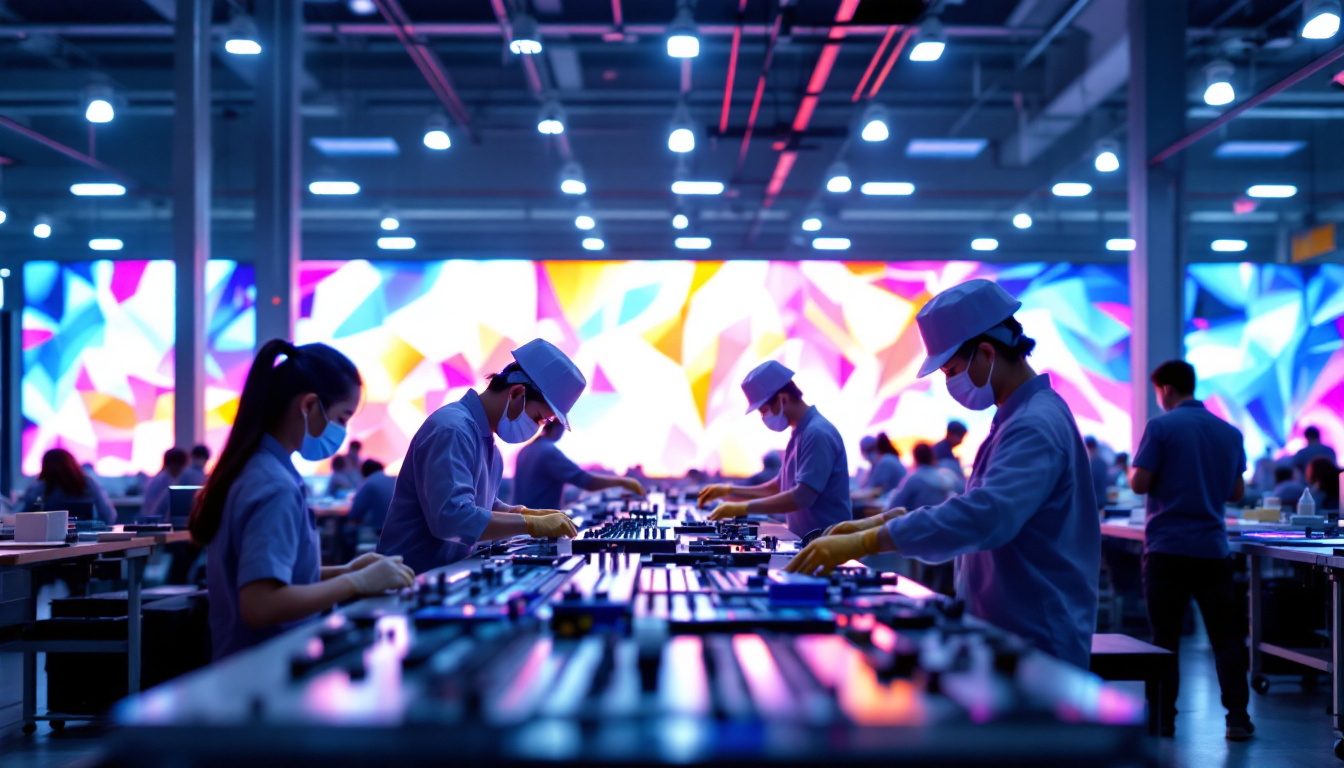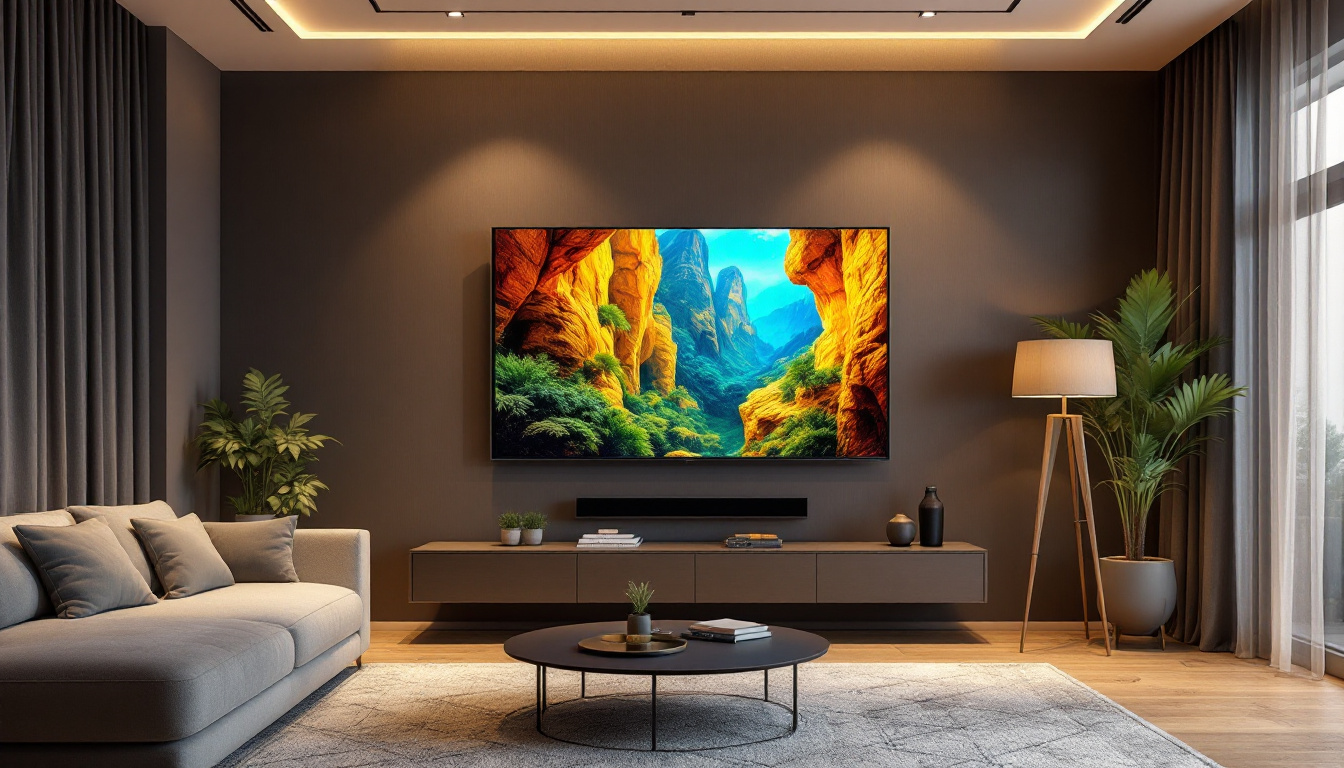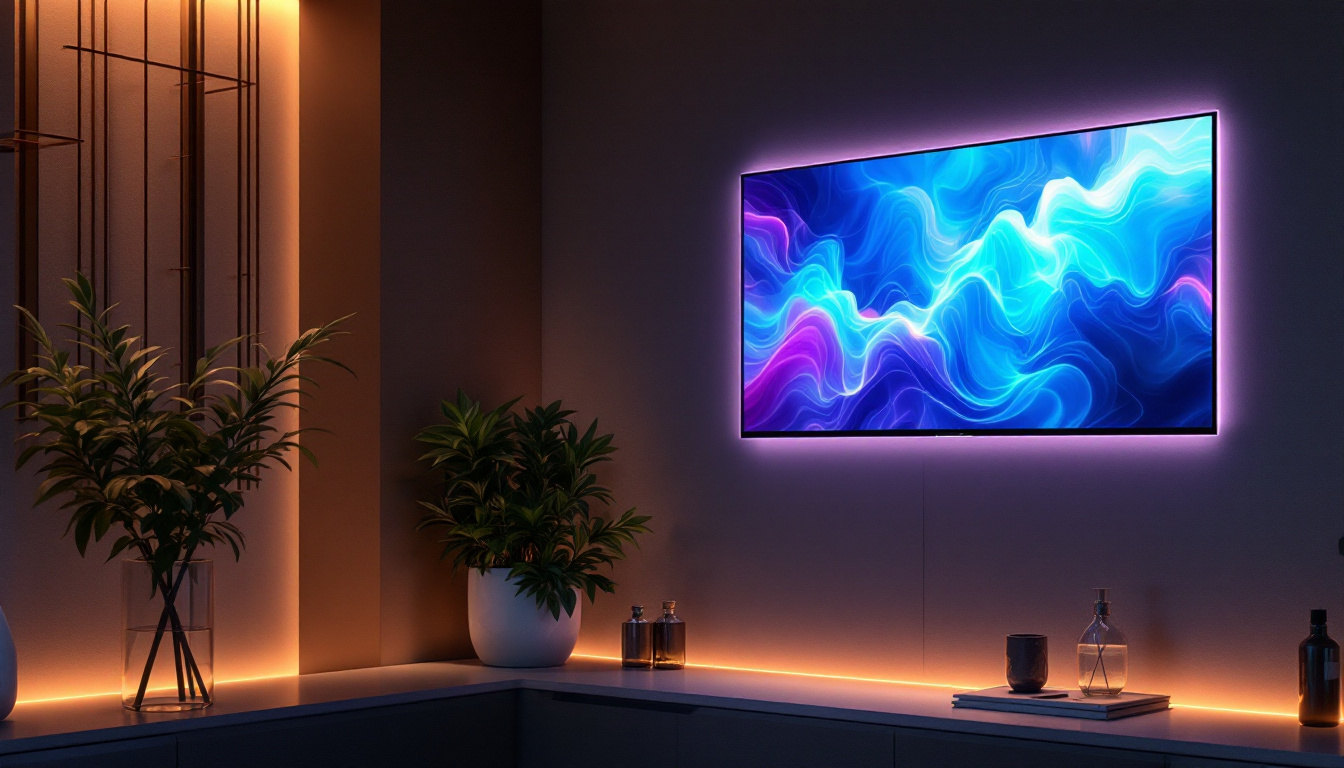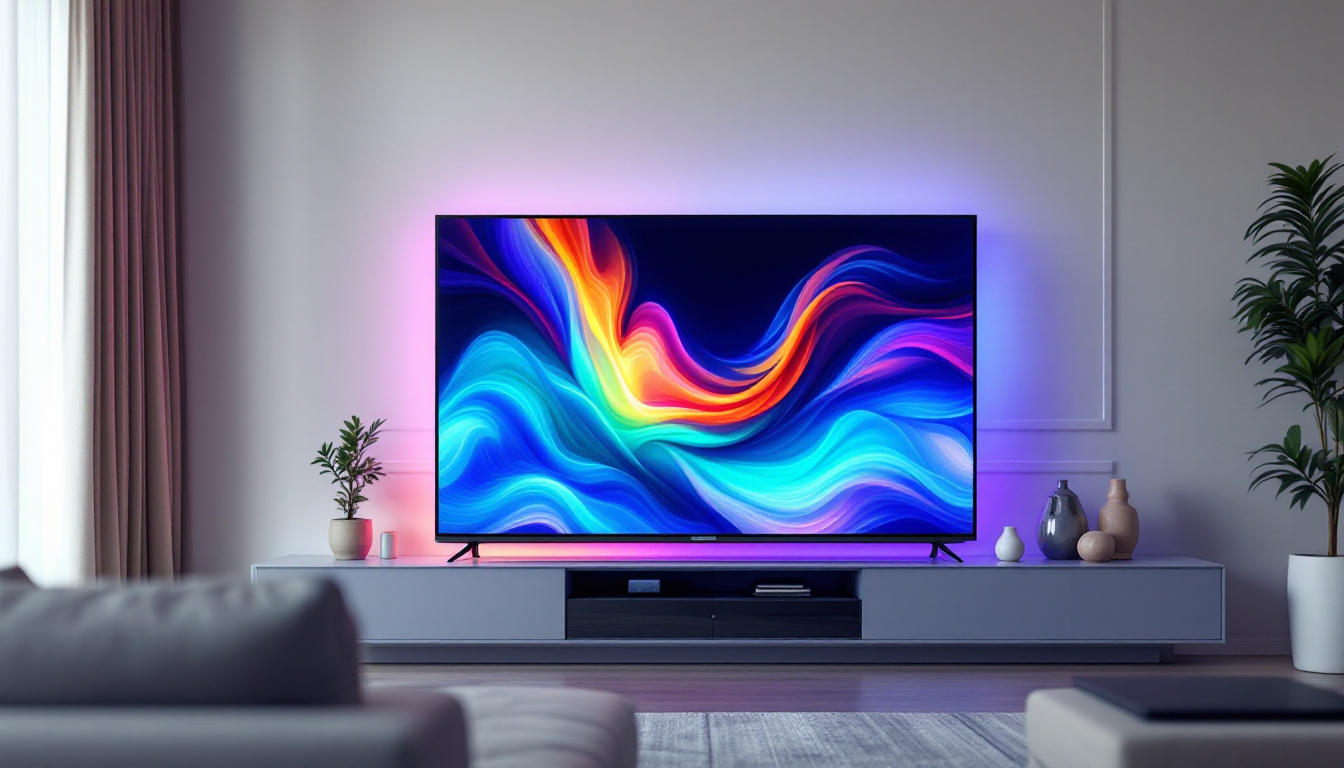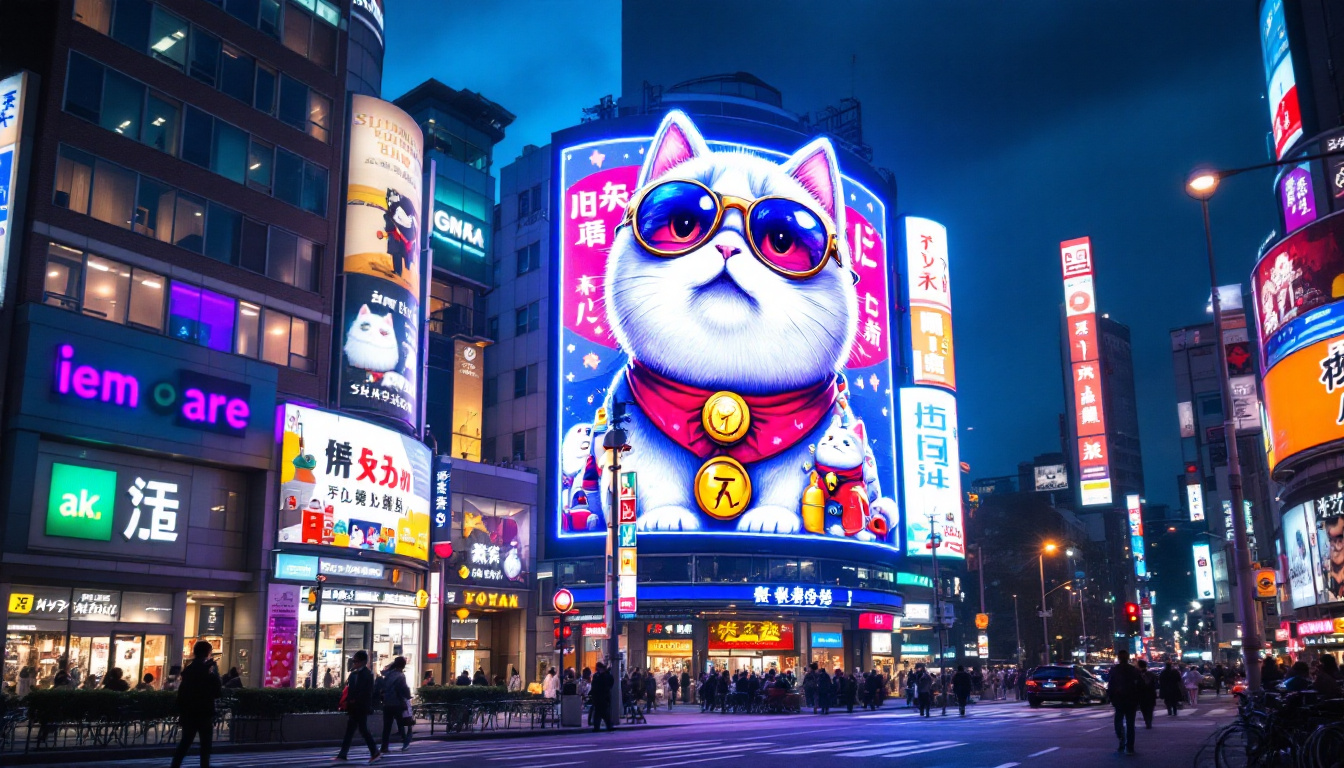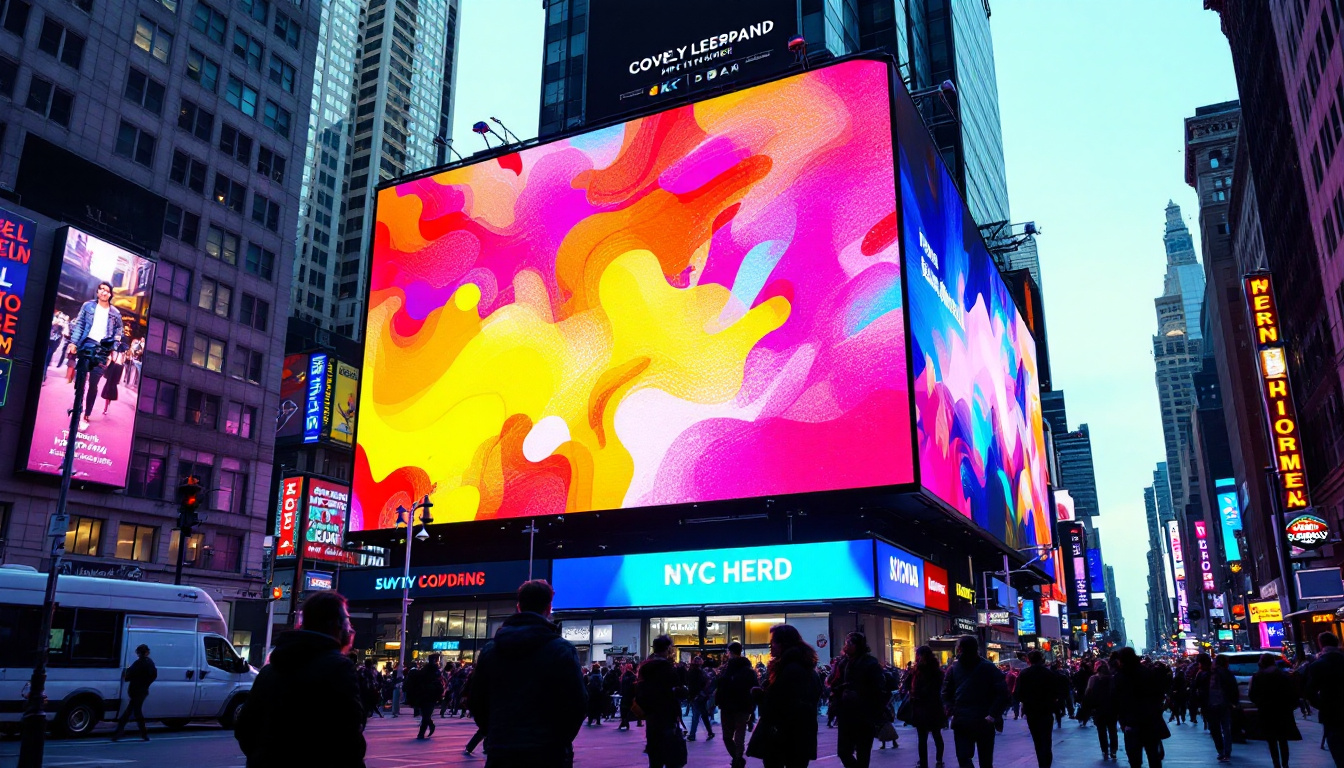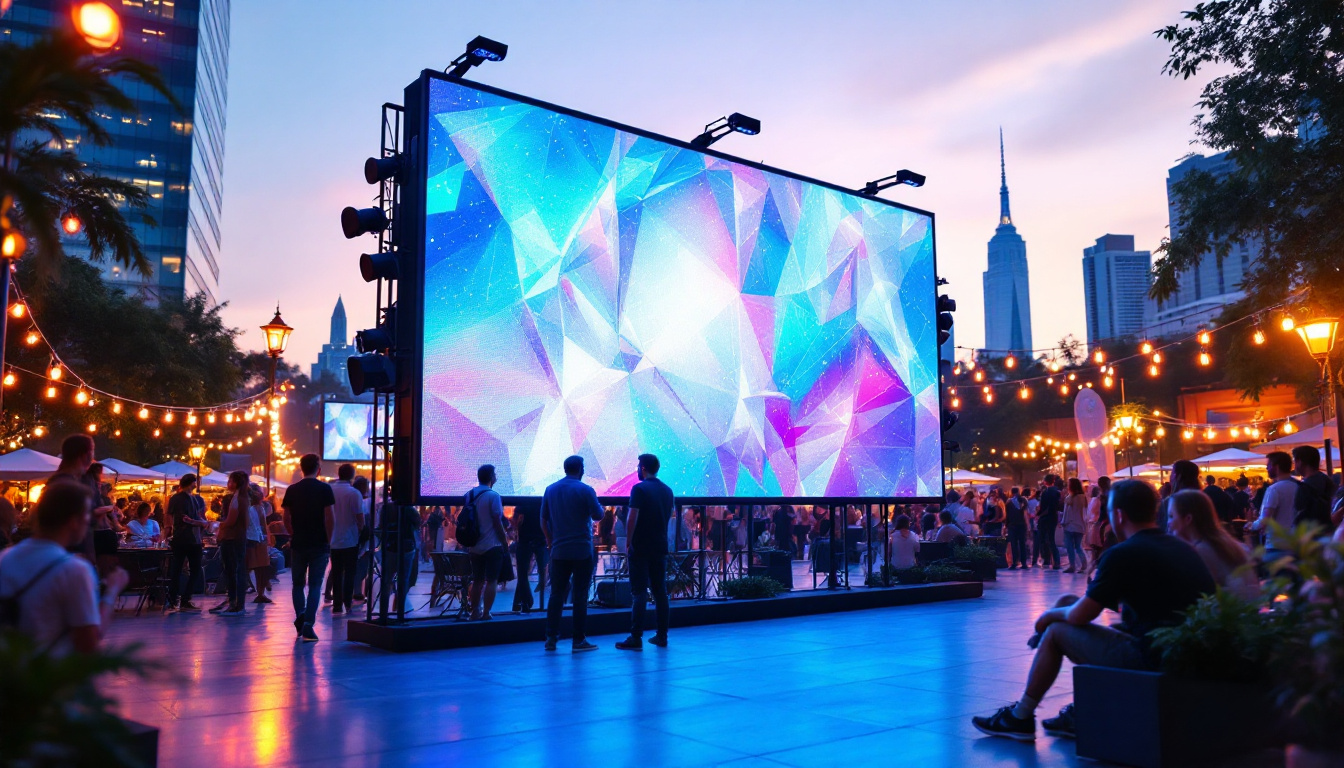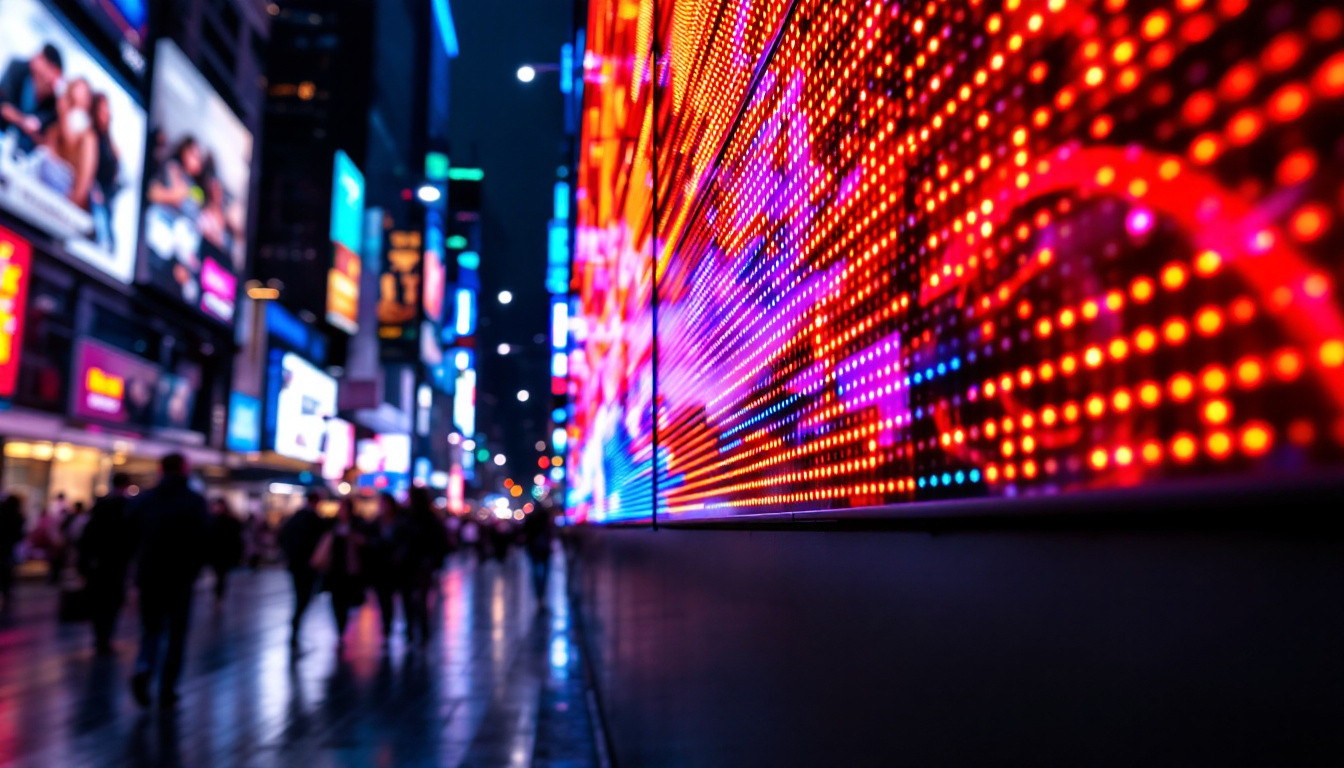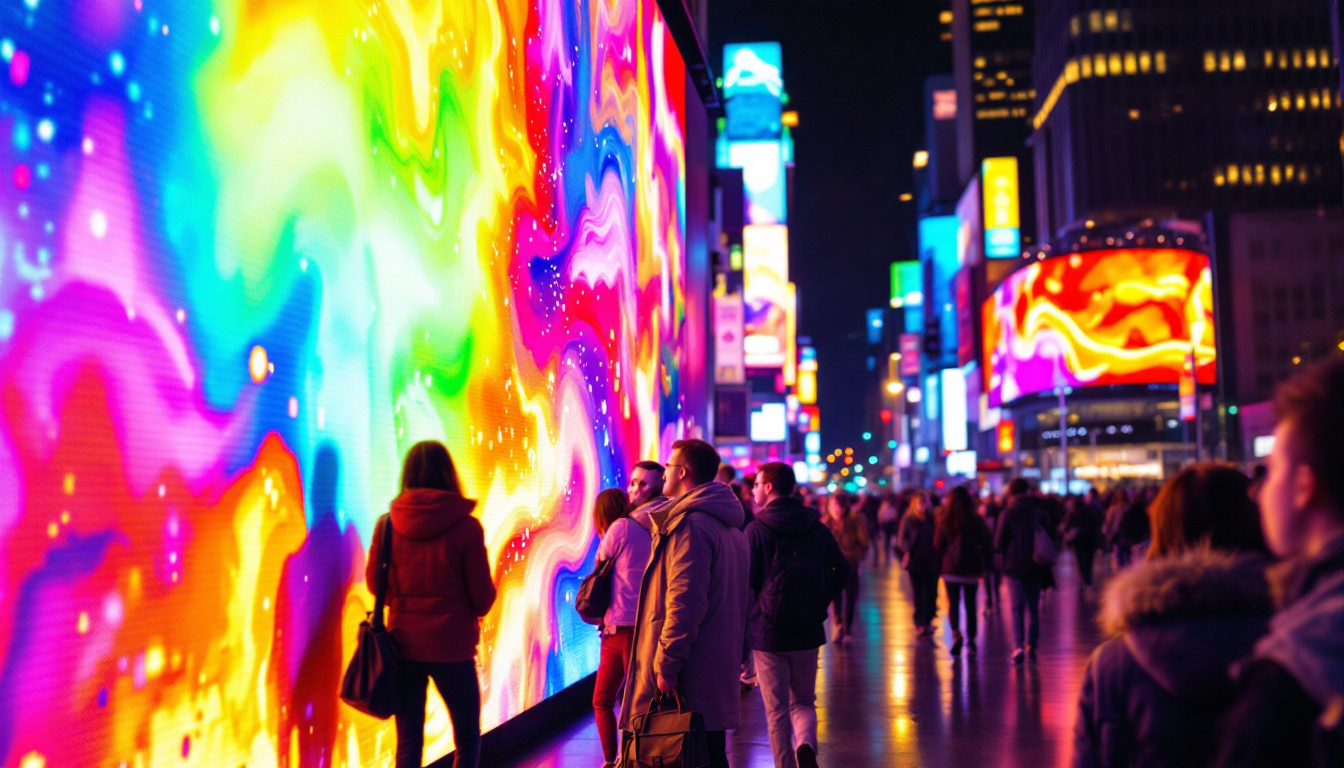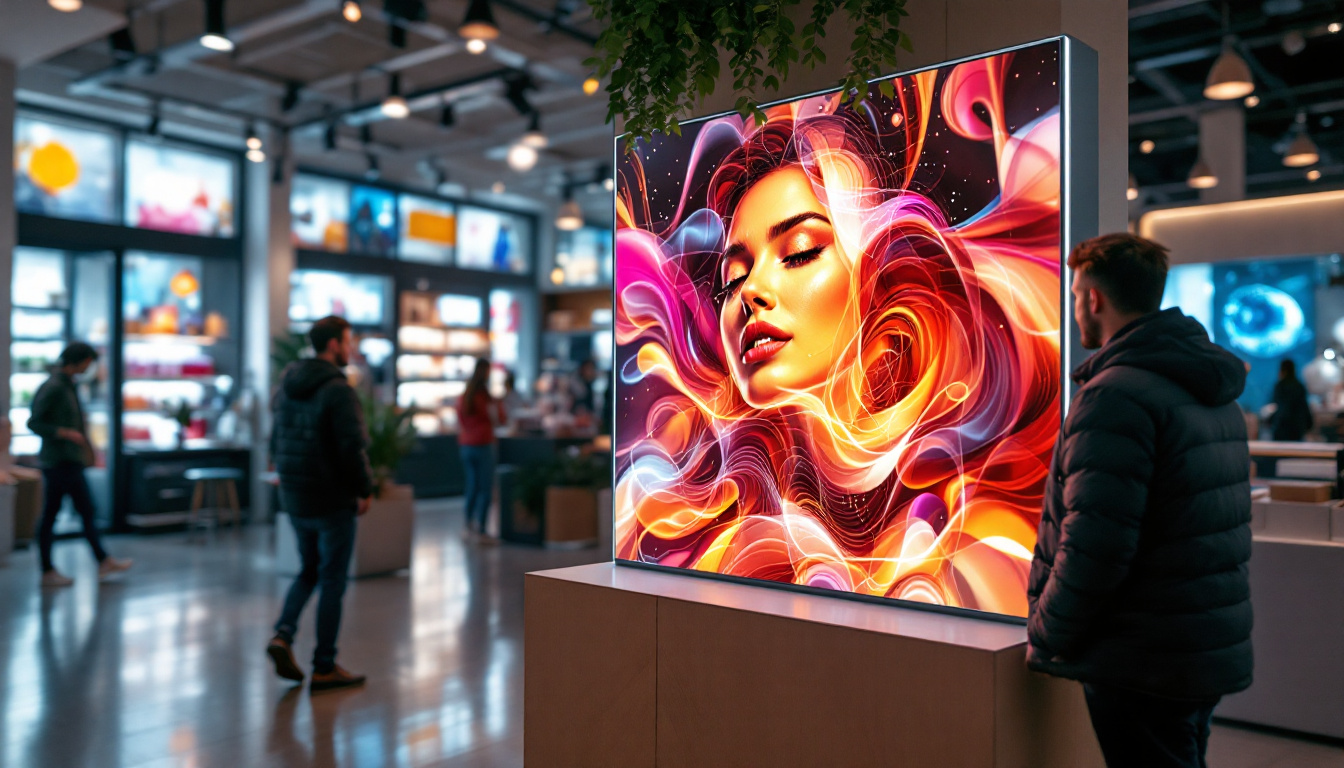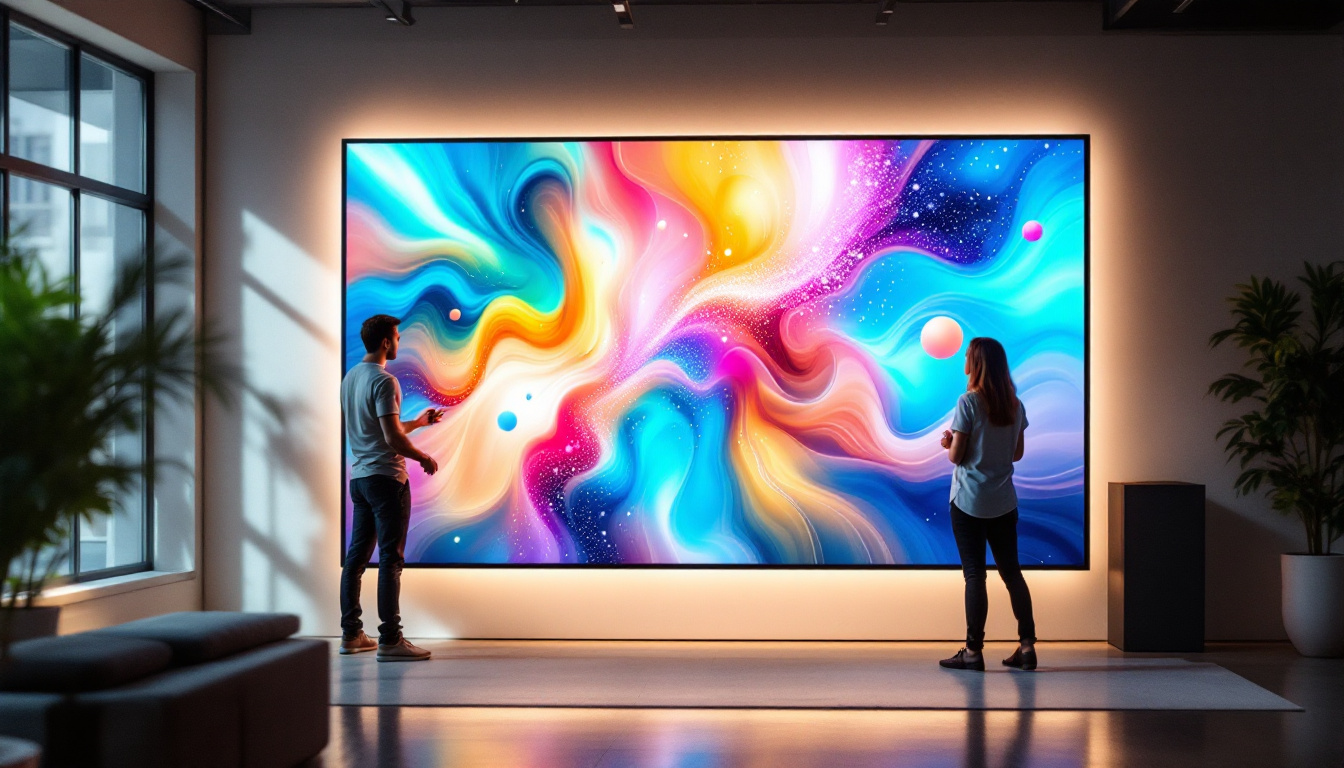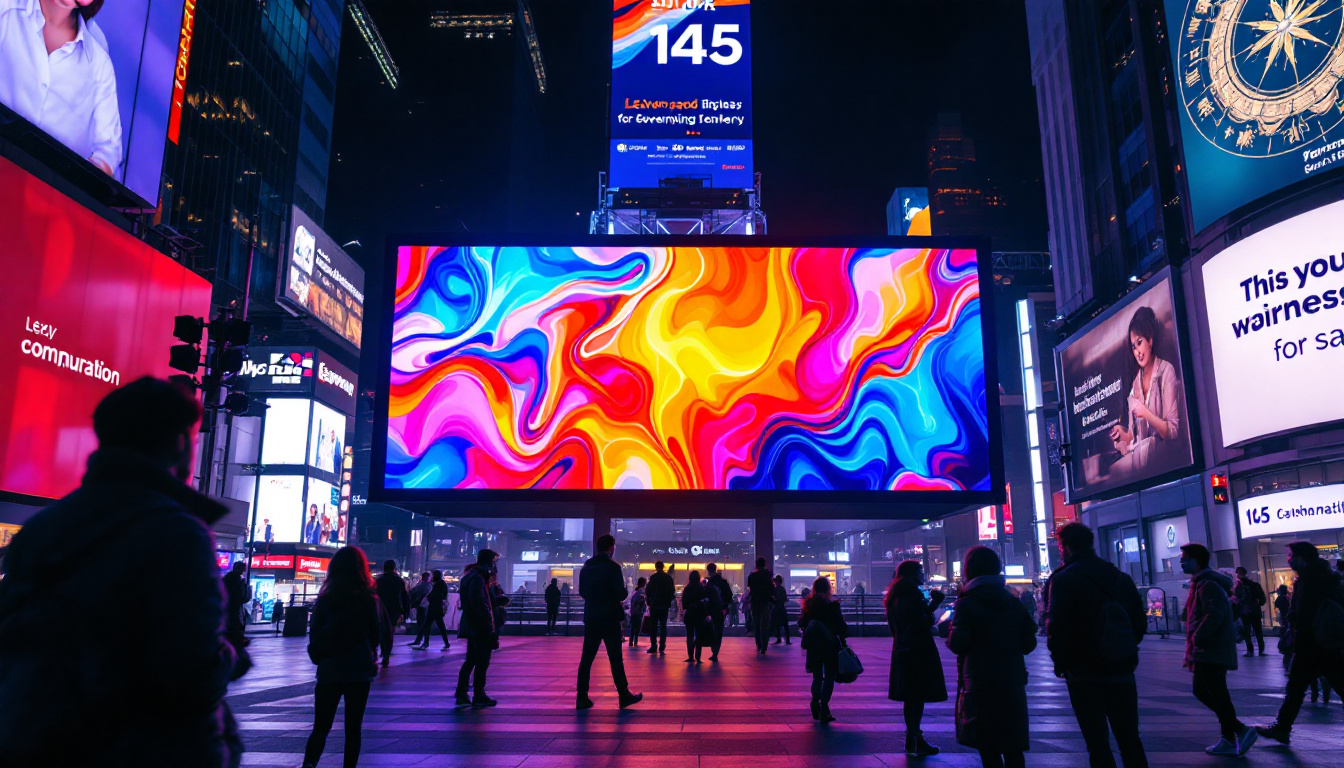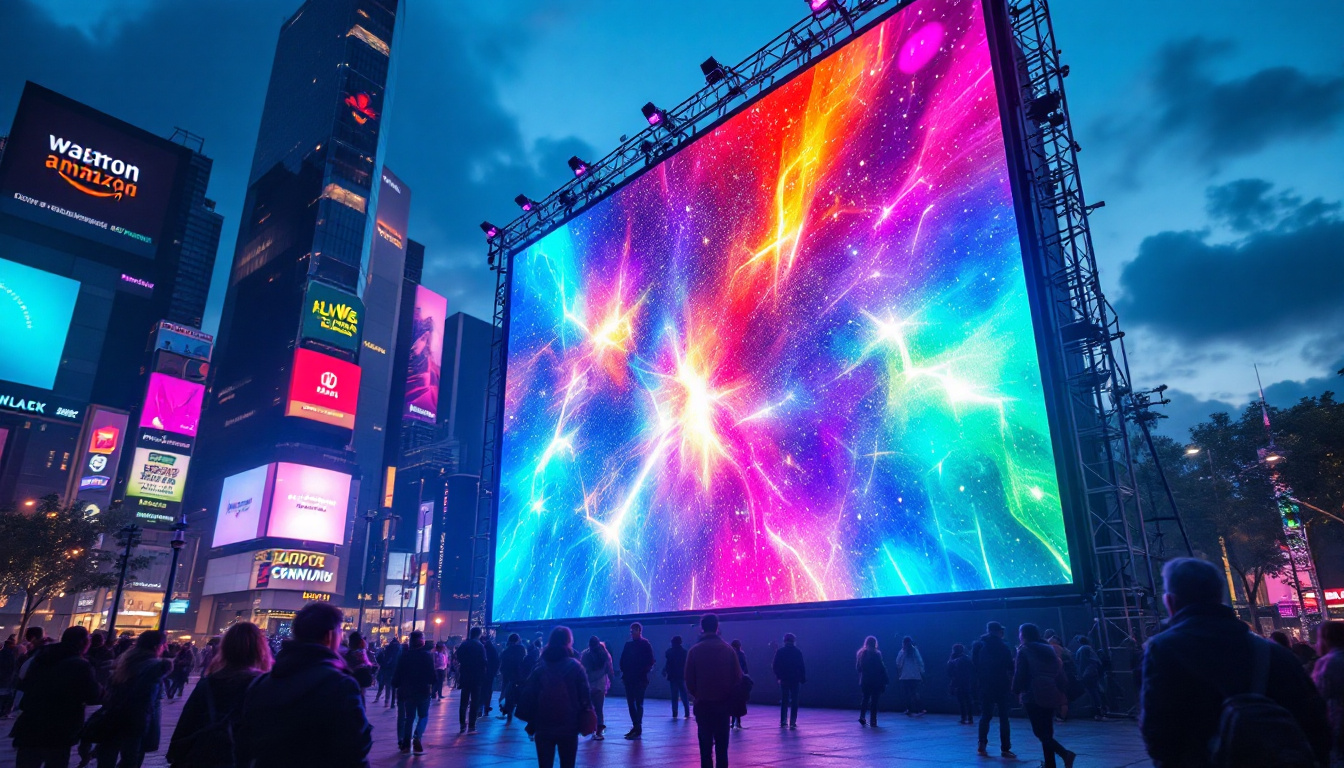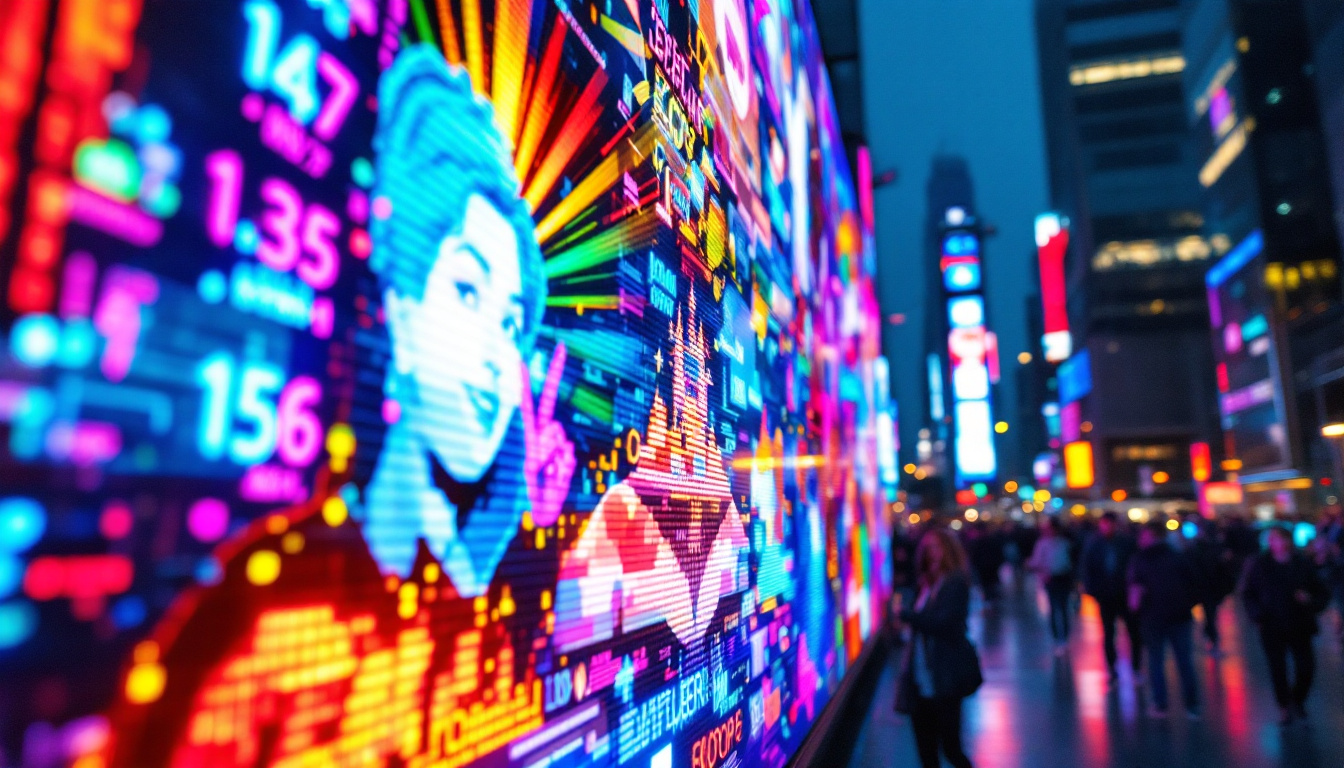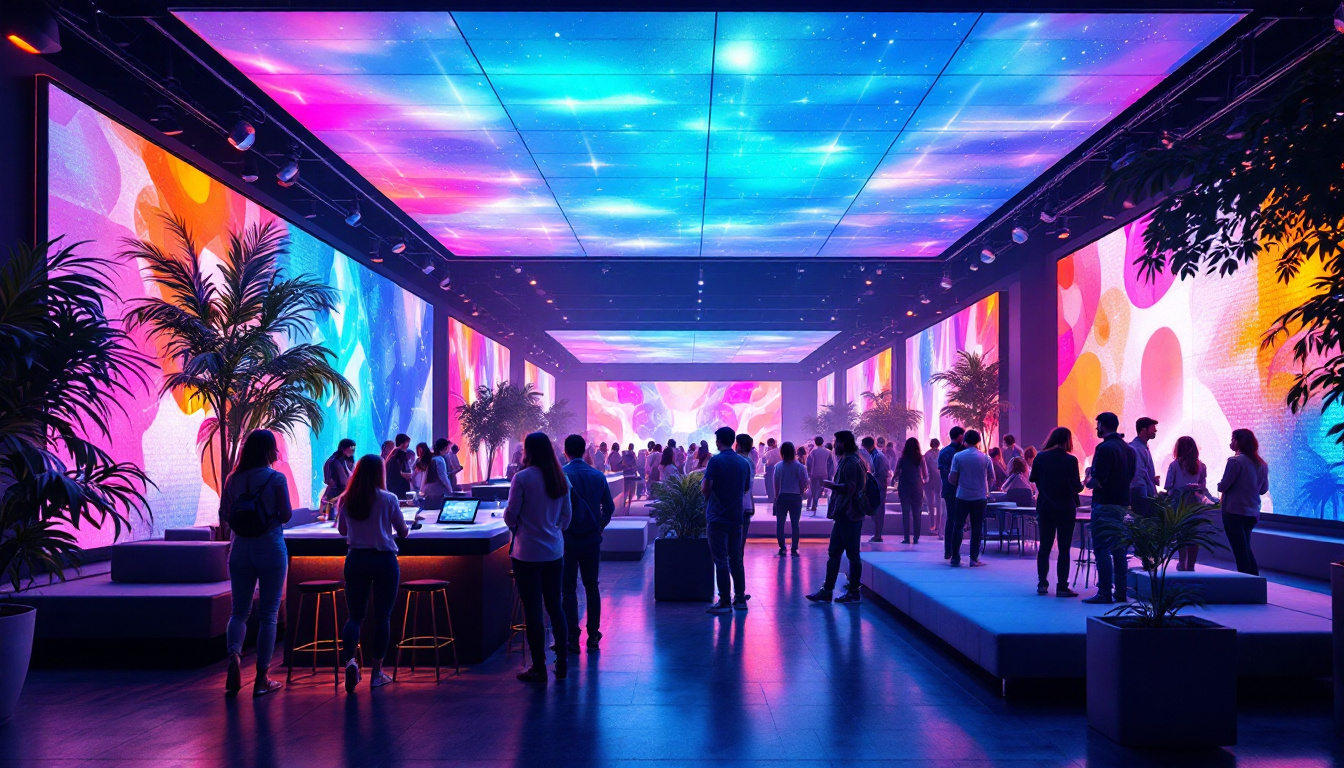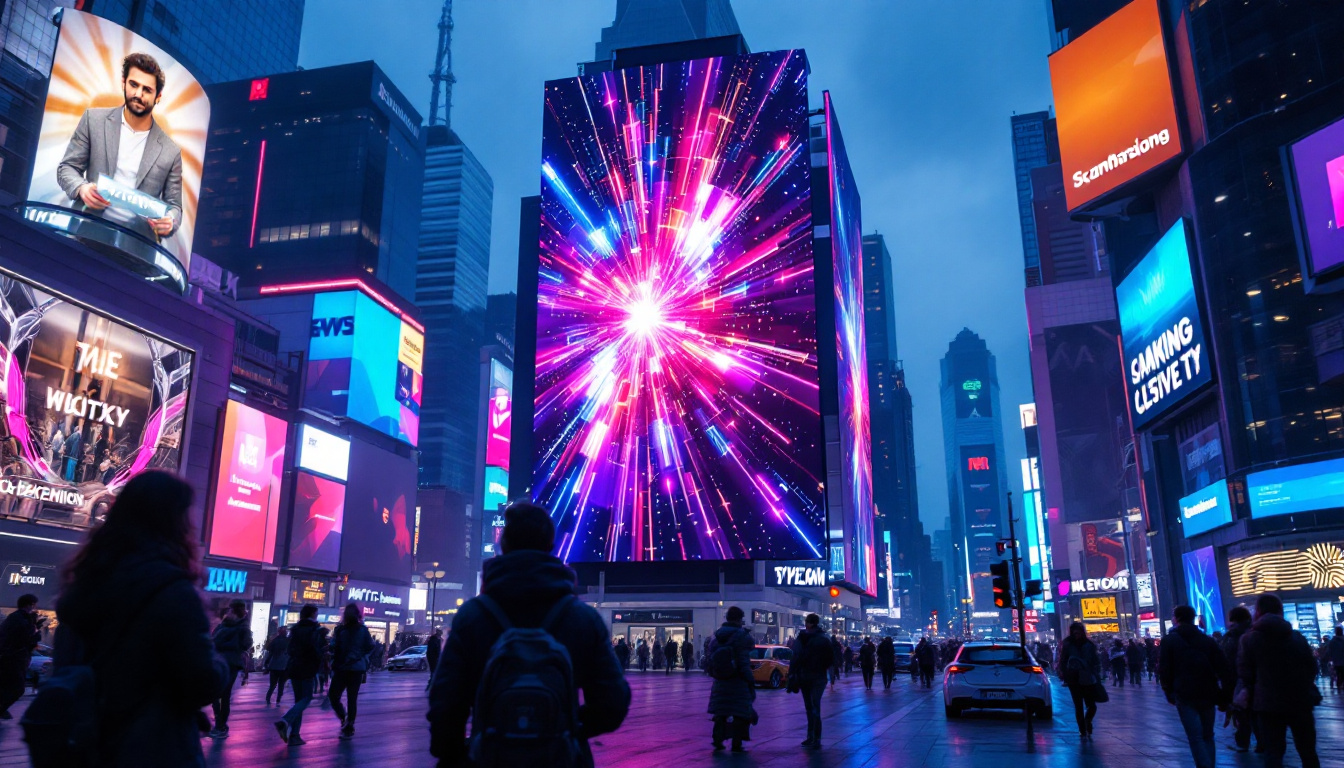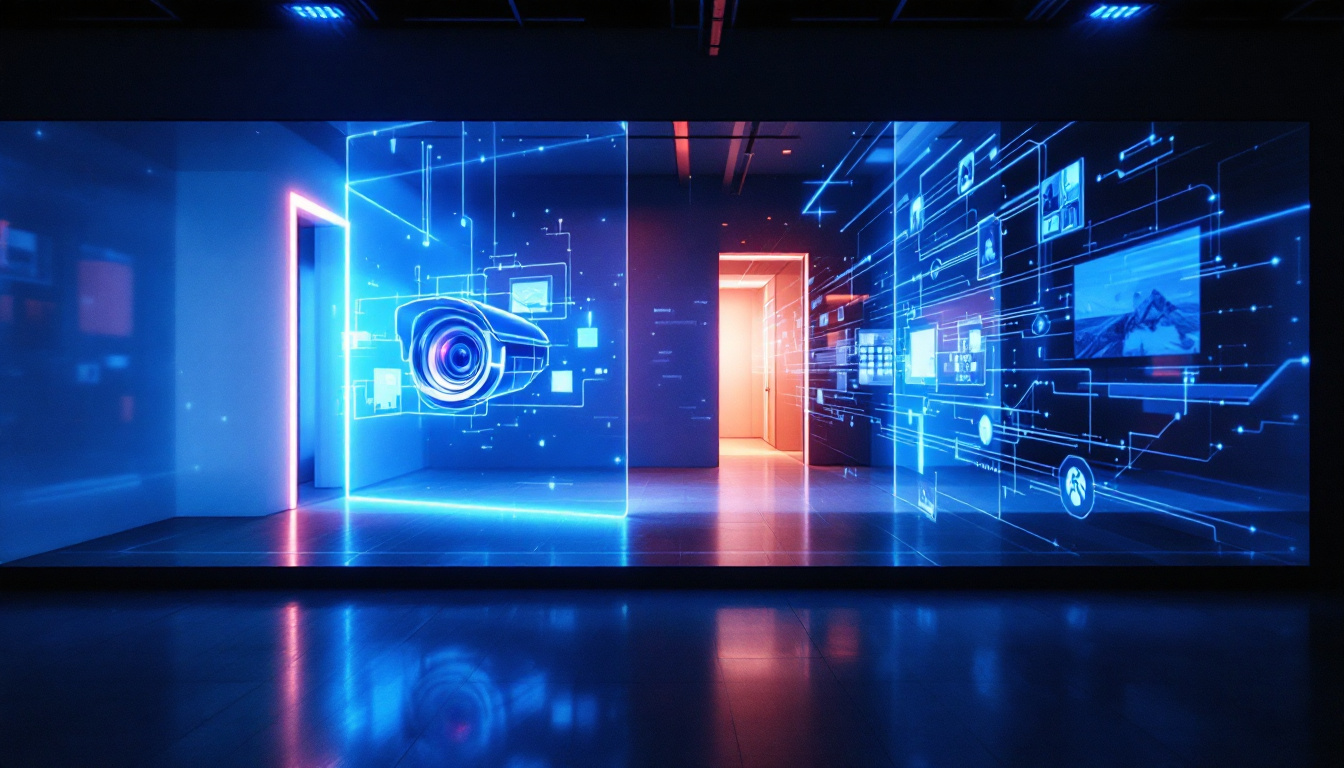In recent years, the demand for LED displays has surged globally, driven by advancements in technology and the need for high-quality visual communication. As a result, China has emerged as a leading hub for LED screen manufacturing, offering a wide range of products that cater to various industries and applications. This article delves into the intricacies of LED displays, the manufacturing landscape in China, and the factors that make these products essential in today’s digital age.
Understanding LED Displays
LED displays are electronic screens that utilize light-emitting diodes (LEDs) to produce images and videos. They are widely used in various settings, from outdoor billboards to indoor advertising screens, and even in large-scale events. The technology behind LED displays has evolved significantly, leading to improved brightness, color accuracy, and energy efficiency. The compact nature of LEDs allows for thinner and lighter displays, making them easier to install and integrate into various environments. As a result, they have become a popular choice for both commercial and residential applications.
Types of LED Displays
LED displays can be categorized into several types based on their application and design. The most common types include:
- Outdoor LED Displays: Designed to withstand harsh weather conditions, these displays are typically used for advertising and public information. They feature high brightness levels to ensure visibility even in direct sunlight. Many outdoor displays also come with protective coatings to guard against moisture and dust, ensuring longevity and reliability in diverse climates.
- Indoor LED Displays: These displays are used in venues such as shopping malls, airports, and conference rooms. They offer higher resolution and color accuracy, making them ideal for close viewing. Indoor displays often incorporate advanced technologies such as HDR (High Dynamic Range) to enhance the viewing experience, providing deeper blacks and brighter whites that captivate audiences.
- Transparent LED Displays: A newer innovation, these displays allow viewers to see through the screen while still delivering vibrant visuals. They are often used in retail environments to showcase products without obstructing the view. This unique feature not only enhances aesthetic appeal but also allows for creative advertising strategies, blending digital content with physical merchandise seamlessly.
How LED Displays Work
The operation of LED displays is based on the principle of light emission from diodes. Each pixel in an LED display is made up of red, green, and blue (RGB) diodes. By varying the intensity of these colors, a wide spectrum of colors can be produced, allowing for detailed images and videos. This RGB configuration is fundamental in achieving the vibrant and dynamic visuals that LED displays are known for.
In addition to the RGB configuration, LED displays use a matrix of pixels to create the overall image. The resolution of the display, often measured in pixels per square meter, plays a crucial role in determining the clarity and detail of the visuals presented. Higher resolutions are particularly important in applications where viewers are closer to the screen, as they reduce the visibility of individual pixels and enhance the overall viewing experience. Furthermore, advancements in LED technology, such as the introduction of mini and micro LEDs, are pushing the boundaries of resolution and color performance, enabling displays that can achieve unprecedented levels of detail and brightness.
The LED Manufacturing Landscape in China
China has established itself as a powerhouse in LED screen manufacturing, accounting for a significant portion of the global market. The country is home to numerous manufacturers, ranging from small enterprises to large corporations, all contributing to the diverse offerings available in the market.
Key Manufacturers and Their Contributions
Several prominent manufacturers in China have gained recognition for their high-quality LED displays. These companies invest heavily in research and development, ensuring they remain at the forefront of technological advancements. Some notable manufacturers include:
- Samsung China: While Samsung is a global brand, its Chinese operations focus on producing high-end LED displays that cater to both domestic and international markets.
- Leyard: Known for its innovative solutions, Leyard specializes in high-resolution LED displays and is a leader in the rental market for events.
- Unilumin: This manufacturer is recognized for its wide range of LED products, including outdoor and indoor displays, and has a strong presence in the global market.
Quality Control and Standards
Quality control is paramount in the LED manufacturing process. Chinese manufacturers adhere to international standards to ensure their products meet the expectations of global clients. This includes rigorous testing for brightness, color accuracy, and durability.
Additionally, many manufacturers have obtained certifications such as ISO and CE, which further validate their commitment to quality and safety. This focus on quality not only enhances the reputation of Chinese manufacturers but also builds trust among consumers worldwide.
Factors Driving the Growth of LED Displays in China
The growth of the LED display market in China can be attributed to several key factors. Understanding these drivers provides insight into why LED displays have become a staple in various industries.
Technological Advancements
Rapid advancements in technology have significantly improved the performance and capabilities of LED displays. Innovations such as higher pixel densities, improved color reproduction, and energy-efficient designs have made LED displays more appealing to consumers and businesses alike.
Moreover, the development of smart LED displays, which integrate IoT technology, has opened new avenues for interactive advertising and information dissemination. This evolution continues to attract investments and interest in the LED display sector.
Increasing Demand for Digital Advertising
As businesses increasingly shift towards digital marketing strategies, the demand for high-quality LED displays has surged. These displays offer dynamic content capabilities, allowing advertisers to engage audiences more effectively than traditional static billboards.
In urban areas, LED displays have become a common sight, enhancing the visual landscape while providing advertisers with a platform to reach potential customers. The ability to update content in real-time further amplifies their effectiveness, making them a preferred choice for marketers.
Applications of LED Displays
LED displays find applications across various sectors, each leveraging the technology to enhance communication and engagement. Here are some prominent applications:
Advertising and Marketing
One of the most significant applications of LED displays is in advertising. Companies utilize outdoor and indoor LED screens to promote products, services, and events. The vibrant colors and high brightness levels ensure that advertisements capture attention, even in crowded environments.
Moreover, LED displays can showcase multiple advertisements in rotation, maximizing exposure and providing cost-effective advertising solutions for businesses.
Entertainment and Events
In the entertainment industry, LED displays play a crucial role in enhancing audience experiences. Concerts, festivals, and sporting events utilize large LED screens to broadcast live performances, providing spectators with a clear view of the action.
Additionally, event organizers often use LED displays for branding and sponsorship visibility, further integrating the technology into the overall event experience.
Corporate and Educational Use
LED displays are increasingly being adopted in corporate settings for presentations, meetings, and training sessions. Their ability to deliver high-quality visuals makes them an effective tool for communication and collaboration.
In educational institutions, LED displays are used for interactive learning, allowing teachers to present information in engaging formats. This enhances the learning experience and fosters better retention of information among students.
Challenges Facing LED Manufacturers in China
Despite the growth and opportunities within the LED display market, manufacturers in China face several challenges that can impact their operations and competitiveness.
Intense Competition
The LED display market in China is highly competitive, with numerous manufacturers vying for market share. This competition can lead to price wars, which may compromise product quality and profitability.
To remain competitive, manufacturers must continuously innovate and differentiate their products. This often requires significant investment in research and development, which can be a challenge for smaller companies.
Supply Chain Issues
The global supply chain has faced disruptions in recent years, affecting the availability of raw materials and components needed for LED display production. Manufacturers must navigate these challenges to maintain production schedules and meet customer demands.
Additionally, fluctuations in material costs can impact pricing strategies, making it essential for manufacturers to develop robust supply chain management practices.
The Future of LED Displays
The future of LED displays looks promising, with continued advancements in technology and growing demand across various sectors. As manufacturers in China adapt to changing market dynamics, several trends are expected to shape the industry.
Integration of Smart Technology
The integration of smart technology into LED displays is set to revolutionize the industry. Features such as touch interactivity, facial recognition, and real-time data analytics will enhance the functionality of LED displays, making them more versatile and appealing to consumers.
As the Internet of Things (IoT) continues to expand, LED displays will likely become integral components of smart cities, providing information and services to citizens in real-time.
Sustainability Initiatives
With growing concerns about environmental sustainability, manufacturers are increasingly focusing on eco-friendly practices. This includes using recyclable materials, reducing energy consumption, and implementing sustainable manufacturing processes.
As consumers become more environmentally conscious, the demand for sustainable LED displays is expected to rise, prompting manufacturers to innovate in this area.
Conclusion
LED displays have transformed the way information is communicated and consumed across various sectors. The robust manufacturing landscape in China has positioned the country as a leader in this technology, providing high-quality products that meet the demands of a dynamic market.
As technology continues to evolve and consumer preferences shift, the LED display industry is poised for further growth. By embracing innovation and addressing challenges, manufacturers can ensure they remain competitive in this ever-changing landscape.
In summary, the future of LED displays is bright, and with the ongoing advancements in technology and sustainability, these displays will continue to play a pivotal role in shaping the visual communication landscape for years to come.
Discover LumenMatrix’s Innovative LED Display Solutions
As you consider the future of visual communication and the role LED displays play in transforming environments and experiences, we invite you to explore LumenMatrix’s comprehensive range of LED display solutions. With a commitment to innovation and quality, LumenMatrix offers a variety of products including Indoor and Outdoor LED Wall Displays, Vehicle LED Displays, LED Poster Displays, LED Sports Displays, Floor LED Displays, Custom LED Displays, All-in-One LED Displays, and LED Transparent Displays. Each solution is designed to captivate your audience and enhance your brand’s visibility. Check out LumenMatrix LED Display Solutions today and take the first step towards revolutionizing your visual communication strategy.

